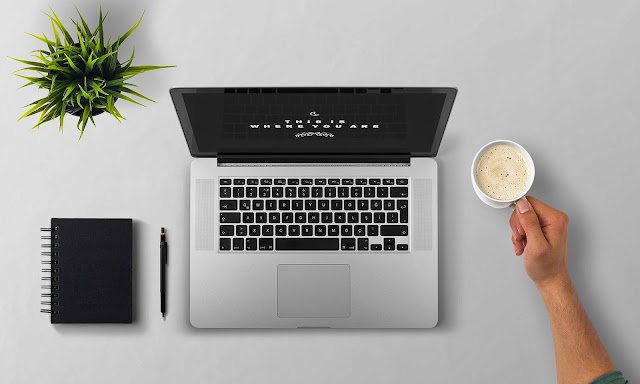Elevate Your Packaging Game: A Comprehensive Look at Post-Printing Machines Introduction: In the ever-evolving landscape of packaging, staying ahead of the competition requires innovation and efficiency. Post-printing machines have emerged as game-changers in the packaging industry, offering manufacturers unparalleled flexibility and quality in producing corrugated boxes. This comprehensive guide aims to delve into the world of post-printing machines, exploring their functionalities, benefits, and the transformative impact they have on elevating packaging standards. Understanding Post-Printing Machines: Post-printing machines are integral to the manufacturing process of corrugated boxes, enabling the application of graphics, text, and branding onto pre-formed boxes. Unlike pre-printing methods, which occur before corrugation, post-printing takes place after corrugation, allowing for greater customization and efficiency. Types of Post-Printing Machines: Flexographic Printing Presses: Th...
Are You Ready For Single Serve Packaging?
Single-serve packaging has been growing in popularity in recent years as it offers convenience and portion control to consumers. Here are some factors to consider if you're considering implementing single-serve packaging for your products:
- Market demand: Before investing in single-serve packaging, make sure that there is a market demand for it. Conduct market research to understand whether your target audience prefers single-serve packaging or if they have specific packaging requirements.
- Cost: Single-serve packaging can be more expensive than traditional packaging. Calculate the costs of the materials, production, and distribution, and ensure that the cost of the single-serve packaging does not impact your profitability.
- Sustainability: Single-serve packaging can generate more waste, which may not align with your sustainability goals. Consider using biodegradable or compostable materials for the single-serve packaging or finding ways to encourage recycling or upcycling.
- Convenience: Single-serve packaging is all about convenience, so it's essential to ensure that the packaging is easy to use and dispose of. Consider the packaging design, labeling, and product information that needs to be included.
- Regulations: Ensure that your single-serve packaging complies with all relevant regulations, including food safety and labeling requirements.
By considering these factors, you can determine if single-serve packaging is the right fit for your products and customers.

Comments
Post a Comment